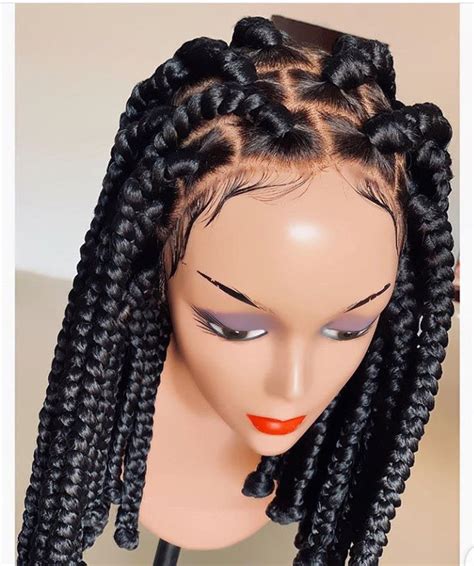For a flawless wig application, the braid underneath plays a crucial role. By choosing the right braid, you can ensure that your wig stays securely in place and looks natural. Here are the top 5 braid options to consider:

1. Cornrows
Why it matters: Cornrows are small, tight braids that create a raised pattern on your scalp.
Benefits: This braid type provides a secure base for your wig, preventing it from slipping or shifting. It also helps to distribute the weight of the wig evenly, reducing tension on your scalp.
Pros:
– Enhanced wig stability
– Even weight distribution
– Scalp protection
Cons:
– Can be time-consuming to braid
– May cause discomfort if braids are too tight
2. Flat Twists
Why it matters: Flat twists are created by twisting two sections of hair around each other in a flat manner.
Benefits: This braid style is less bulky than cornrows, making it suitable for wigs that sit closely to the scalp. It also creates a smooth surface that reduces friction between your hair and the wig cap.
Pros:
– Reduced bulk
– Smooth surface for wig adhesion
– Less likely to cause discomfort
Cons:
– Not as secure as cornrows
– Can be more difficult to master
3. French Braids
Why it matters: French braids are created by adding new strands of hair from the sides as you braid.
Benefits: This braid offers a versatile option, as you can adjust the tightness and thickness of the braid to suit your hair type and wig style. It also provides a secure hold while maintaining a natural appearance.
Pros:
– Customizable tightness and thickness
– Secure hold
– Natural look
Cons:
– Can be time-consuming
– May not be suitable for wigs that require a flat base
4. Invisible Cornrows
Why it matters: Invisible cornrows are a technique where small cornrows are braided close to the scalp, leaving only a subtle pattern.
Benefits: This braid style creates a smooth and invisible base for your wig, making it ideal for wigs that require a flawless finish. It offers the benefits of cornrows without the visible raised pattern.
Pros:
– Seamless wig finish
– Smooth base for wig adhesion
– Invisible pattern
Cons:
– Requires skilled braiding technique
– Can be time-intensive
5. Butterfly Braids
Why it matters: Butterfly braids are braided in a criss-cross pattern that resembles a butterfly’s wings.
Benefits: This braid type is a combination of cornrows and flat twists, offering both security and a touch of style. It creates a unique base that enhances the wig’s natural look.
Pros:
– Secure and stylish base
– Unique pattern adds visual interest
– Suitable for various wig styles
Cons:
– Can be more difficult to braid
– May not be ideal for wigs that require a flat surface
Tips and Tricks for Braiding Under a Wig
- Use a rattail comb to create clean partings for your braids.
- Braid your hair tightly to ensure a secure base for your wig.
- Start braiding from the nape of your neck and work towards the hairline.
- Secure the ends of your braids with hair pins or elastics.
- Cover your braided hair with a wig cap or a mesh bonnet to protect it and create a smooth surface.
Conclusion
Choosing the right braid to put under a wig is crucial for a successful wig application. By understanding the different braid options and considering the benefits and drawbacks of each, you can create the perfect base for a secure and natural-looking wig. With the right braid and proper techniques, you can achieve a seamless wig installation that complements your style and enhances your confidence.
